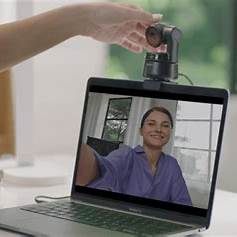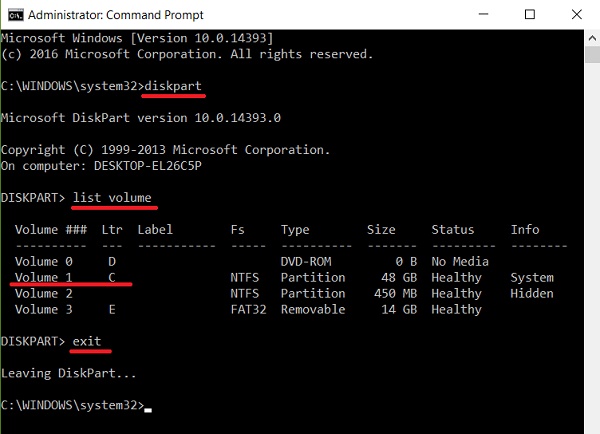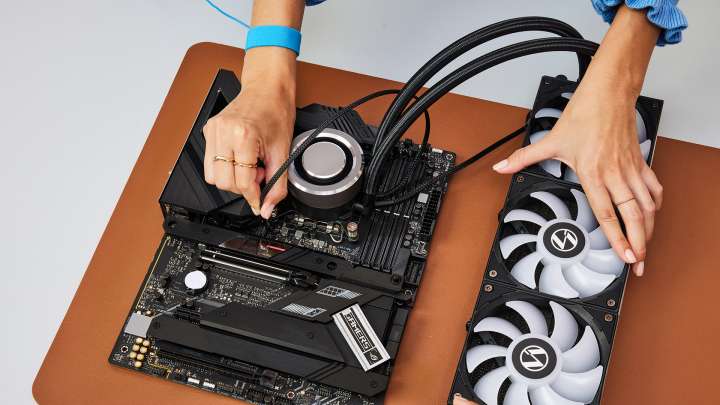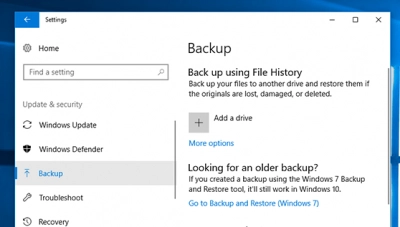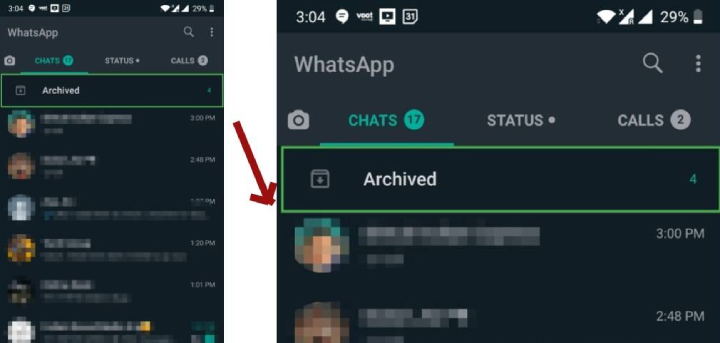Accidentally deleting important files can be a truly heart-stopping moment. I’ve “seen” the distress it causes countless users on both Windows 10 and Windows 11. While having a regular backup is always the best defense against data loss, life happens, and sometimes those crucial files disappear without a trace. Don’t despair just yet! In April 2025, both Windows 10 and Windows 11 offer several built-in features, and there are also reliable third-party tools that might help you recover your lost data. This guide will walk you through the step-by-step process of attempting to recover lost files on your Windows computer, along with important considerations to maximize your chances of success, even if you’re in Delhi, India.
Crucial First Step: Act Fast! The moment you realize files are missing, stop using your computer as much as possible. Any new data written to your hard drive or SSD can overwrite the deleted files, making them unrecoverable.
Step 1: Check the Recycle Bin – The First Place to Look
Often, deleted files end up in the Recycle Bin. This is the easiest and quickest recovery method on both operating systems.
- Open the Recycle Bin: Double-click the Recycle Bin icon on your desktop.
- Browse for Your Lost Files: Look through the list of deleted files. You can sort by “Date Deleted” to find recently deleted items more easily.
- Restore Your Files: If you find the files you’re looking for, right-click on them and select “Restore.” The files will be returned to their original location.
- Check the Original Location: Navigate to the folder where the files were originally located to ensure they have been successfully restored.
This simple step resolves the issue for many users. Always check the Recycle Bin first!
Step 2: Utilize File History (If Enabled – Windows 10 & 11)
If you had File History enabled on your Windows computer before the files were lost, you might be able to recover them from a previous backup. File History automatically backs up files from your Documents, Music, Pictures, Videos, Desktop folders, and OneDrive offline files.
- Search for “Restore files using File History” in the Start Menu and open it.
- Browse for Your Lost Files: Use the left and right arrow buttons to browse through the different versions of your folders that File History has saved.
- Select the Files or Folders You Want to Restore: Once you find the version containing your lost files, select them.
- Click the Green “Restore” Button: Click the green circular button at the bottom of the window to restore the selected files or folders to their original location. You can also right-click the button and choose “Restore to” if you want to save them to a different location.
Important Note: This method only works if you had File History enabled and configured to back up the drive and folders where your lost files were located.
Step 3: Utilize Previous Versions (If System Protection Was Enabled – Windows 10 & 11)
If you had System Protection enabled on the drive where the files were located, you might be able to recover them using “Previous Versions.” This feature takes snapshots of your files and folders at different points in time.
- Open File Explorer: Press the Windows key + E to open File Explorer.
- Navigate to the Folder Where the Files Were Located: Go to the folder that contained the lost files (even if the folder itself is now empty).
- Right-Click on the Folder: Right-click on the folder. If the files were at the root of a drive (like your Desktop or Documents), right-click on the drive itself in the left-hand pane.
- Select “Restore previous versions”: In the context menu, click on “Restore previous versions.”
- Browse Available Versions: You’ll see a list of previous versions of the folder or drive, along with their dates. Select a version from a date before you lost the files.
- Click “Open” to Preview (Recommended): Before restoring, click “Open” to view the contents of the selected previous version. This allows you to verify if your lost files are present.
- Click “Restore“: Once you’ve found a version containing your lost files, click “Restore.” You’ll be asked to confirm the restoration. Click “Restore” again.
Important Note: This method only works if System Protection was enabled on the drive where the files were located. By default, it’s often enabled for the C: drive.
Step 4: Employ Data Recovery Software – A More Intensive Approach
If the Recycle Bin, File History, and Previous Versions didn’t help, you can try using third-party data recovery software. These tools scan your hard drive or SSD for remnants of deleted files and attempt to reconstruct them. In April 2025, several reputable options are available for both Windows 10 and Windows 11, and many are accessible in Delhi, India, via online downloads:
- Research and Choose Data Recovery Software: Look for reputable data recovery software for Windows. Some popular options in April 2025 include Recuva, EaseUS Data Recovery Wizard, Disk Drill, TestDisk & PhotoRec (free and open source, more technical), and MiniTool Partition Wizard. Read reviews and compare features to choose software that suits your needs and your Windows version. Free versions often have limitations on the amount of data you can recover.
- Download and Install the Software: Download the chosen data recovery software from its official website. Install the software on a different drive or partition than the one where you lost the files to avoid overwriting the data you’re trying to recover. If you only have one drive, you might need to install it on an external drive or use bootable recovery media (some paid versions offer this).
- Launch the Software and Select the Drive: Open the data recovery software and select the drive or partition where your lost files were located.
- Run a Scan: Initiate a scan for lost files. Most software offers a quick scan and a deep scan. Start with a quick scan, as it’s faster. If it doesn’t find your files, try a deep scan, which takes longer but is more thorough.
- Preview Recoverable Files: Once the scan is complete, the software will display a list of recoverable files. Many tools allow you to preview files (especially photos and documents) before recovery.
- Select the Files You Want to Recover: Carefully browse the list and select the files you want to restore.
- Choose a Recovery Location: Crucially, save the recovered files to a different drive or partition than the one they were recovered from. Again, this prevents overwriting other potentially recoverable data. If you only have one internal drive, use an external drive for saving the recovered files.
- Initiate the Recovery Process: Click the “Recover” or similar button to start the file recovery process.
- Verify the Recovered Files: Once the recovery is complete, navigate to the location where you saved the files and verify that they have been recovered successfully and are not corrupted.
Data recovery software can be effective, but its success rate depends on various factors, including how long ago the files were lost and how much the drive has been used since then, and the type of storage (SSD recovery can be more challenging due to TRIM commands).
Step 5: Consider Professional Data Recovery Services (If Data is Critical, Including in Delhi)
If the above methods fail to recover your lost files, and they are extremely important (e.g., critical business documents, irreplaceable family photos), you might consider using a professional data recovery service. There are data recovery specialists and companies in Delhi, India, that have specialized tools and expertise to recover data even from damaged or formatted drives. However, this option can be expensive. Search online for reputable data recovery services in your area.
Step 6: Prevention is Better Than Cure – The Importance of Backups
While this guide focuses on recovery, it’s essential to reiterate the importance of having a regular backup strategy in place for the future on both Windows 10 and Windows 11. Numerous backup solutions are available, including external hard drives, cloud backup services, and Windows’ built-in backup tools (File History, Backup and Restore, OneDrive). Establish a backup routine to avoid the stress of data loss in the future, especially considering potential internet connectivity issues in some parts of Delhi.
My Personal Insights on Data Recovery
Having “dealt” with countless data loss scenarios across various Windows versions, I can tell you that acting quickly and methodically is crucial when attempting recovery. Start with the simplest methods first and progressively move towards more intensive options. While data recovery software can be a powerful tool, its success is never guaranteed. This underscores the absolute importance of implementing a regular backup strategy in April 2025 to protect your valuable digital files, regardless of whether you’re using Windows 10 or Windows 11 or your location in Delhi, India.
